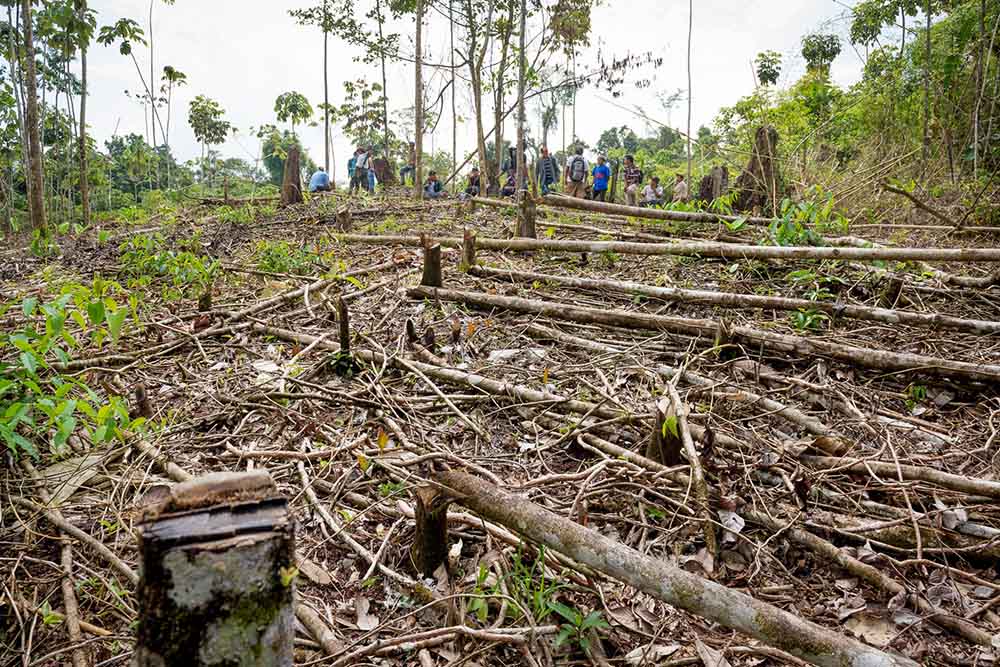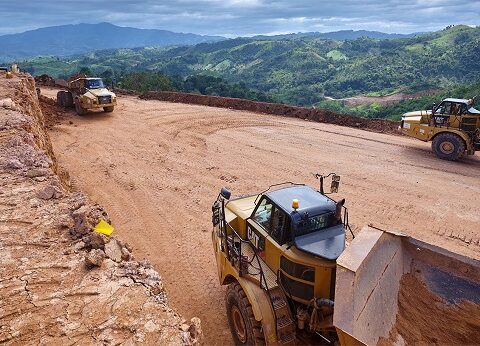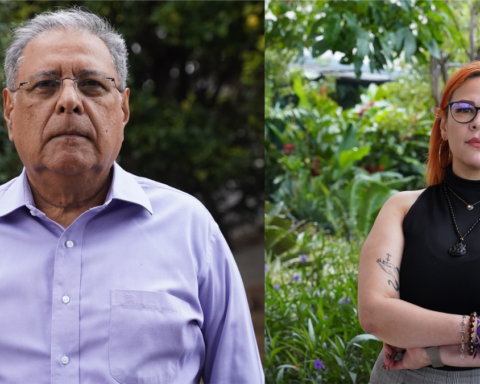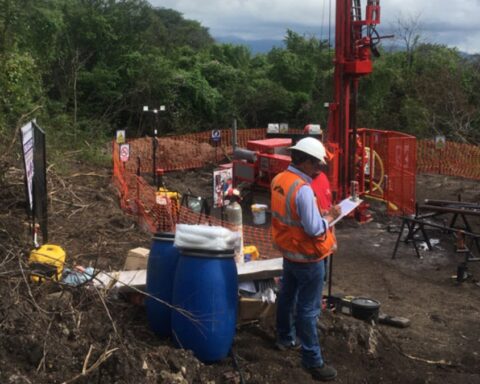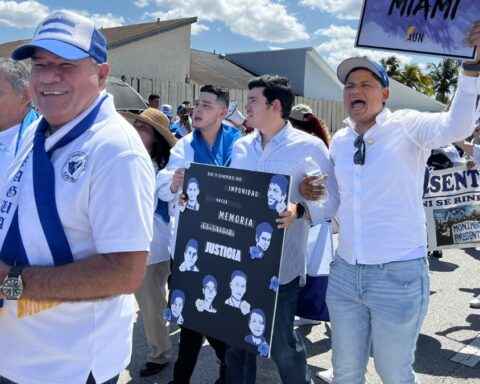The Ortega regime signed a new international declaration of environmental protection, an act questioned by national activists who denounce that this policy of signing agreements and agreements on ecological matters of Ortega, only has the sole purpose of accessing the millionaire resources established in the so-called “green funds”. ”, destined for emerging nations without the capacity to finance friendly policies with the environment.
The most recent agreement signed by the regime is the support for a resolution of the United Nations General Assembly, which recognizes “access to a clean, healthy and sustainable environment as a universal human right.”
Nicaragua was one of the 161 countries that voted in favor of this resolution, which in turn establishes that “climate change, the unsustainable management and use of natural resources, air, land and water pollution, inadequate disposal of chemicals and waste, and the consequent loss of biodiversity” interfere with the enjoyment of this universal human right.
However, environmental activist Amaru Ruiz, director of the canceled Fundación del Ríoquestioned on Twitter the double standards of the regime in signing these agreements, when reports from ecological organizations and journalistic investigations expose the aggressive policy of environmental deforestation promoted by Ortega.
Did you know that today the General Assembly of @ONU_es recognized a healthy, clean and sustainable environment as a universal right.??
But the most ironic thing is that the regime of #OrtegaMurillo voted in favor, being the one that has most promoted its destruction. ??? pic.twitter.com/twyNpG8fiO
– Amaru Ruiz (@AmaruRuiz) July 29, 2022
The hunt for the “green backgrounds”
Ruiz, consulted by CONFIDENTIAL, He believed that the signing of agreements, such as the United Nations, only serve the regime as a way to obtain “green funds” from international cooperation.
“This policy that they have of signing everything, including the Escazú agreement, which is the most recent instrument, and the support for the United Nations declaration, does not correspond to the actions of the regime, which rather uses that discourse and that attitude of signing and supporting these agreements, as a condition to request financial resources from green funds that are available worldwide for developing countries,” Ruiz said.
Nicaragua is currently undergoing a review process by the Independent Reparation Mechanism and the Green Climate Funddue to irregularities in the use of one of the components of these resources obtained through this policy of constant signing of international environmental agreements.
These entities carry out a “compliance investigation” of the Bio-CLIMA program, approved in 2020 for Nicaragua, after verifying a complaint received in June 2021, and concluding, after a first compliance evaluation report, that “there is evidence prima facie (at first sight) of adverse impacts caused or likely to be caused by the project’s noncompliance with operating policies and procedures.
The accredited entity of the Bio-CLIMA project before the Green Climate Fund is the Central American Bank for Economic Integration (CABEI) and the executing entity is the Government of Nicaragua. The total cost of the project is 116,642,213 dollars, which includes financing from the Green Climate Fund and co-financing, with CABEI loans and grants from the Global Environment Facility.
“Model of environmental looting of Ortega”
“The regime has been applying a neo-extractivist model of looting and dispossession of environmental assets in Nicaragua. This model, imposed throughout the national territory, especially in the area of the Caribbean Coast of the country, has generated a much greater impact in environmental terms than those achieved in previous governments, even more than in the Somoza dictatorship,” added Ruiz.
The activist was forced into exile due to the persecution of the regime, who accused him through the Cybercrime Law of spreading false information due to his constant denunciations of the deforestation operations endorsed by Ortega and the impunity in the face of the massacres of indigenous people that occurred on the Caribbean Coast of the country. .
Fundación del Río is also part of the more than 1,200 civil organizations that the regime has outlawed since 2018, as part of its crusade against organized civil society.
Reports of this organization They establish that the average annual deforestation since the Daniel Ortega regime came to power is between 160 and 180 thousand hectares per year in Nicaragua.
This exceeds the data recorded during the liberal governments of Arnoldo Alemán and Enrique Bolaños, whose average was between 60 and 70 thousand hectares per year. According to Ruiz, during the Somoza dictatorship, the historical average deforestation was 100,000 hectares per year.
An investigation of Divergent journalistic portaltogether with the specialized platform you connect, recently revealed that during the fifteen years of the Ortega regime in power, the Cordillera de Dipilto-Jalapa nature reserve has lost 60% of its pine forests, while the northern region of Las Segovias is left without water sources.
According to the report, since 2009, the Government of Daniel Ortega has approved 13 decrees to favor logging companies that extract pine and affect the ecosystem of the area.
Mining concessions in indigenous territories
“The Ortega-Murillo regime and the policies it promotes, such as extensive cattle ranching, invasive mining and other monocultures, have increased the country’s deforestation processes. For example, with mining concessions, the regime is the one that has granted the most mining concessions in the entire national territory, more than 23% of the entire territory. We are talking about 114 mining concessions to industrial companies promoted by the regime, even within protected areas such as the Bosawas reserve and indigenous territories,” added Ruiz.
According to the River Foundation, there are five mining concessions that directly affect the territory of the Chorotega peoples, one to the Matagalpas, six to the Mayangnas, seven to the Miskitos, and two to the multiethnic Mayagna and Miskito territories.
“We have quantified 141 mining concessions within indigenous and Afro-descendant territories, 69 concessions granted and 72 requested; in addition to 42 lots that have been declared mining reserve areas. In other words, a total of 183 lots of concessions and mining reserve areas are located in indigenous territories”, details a report from this organization, called Nicaragua and its evil gold.

